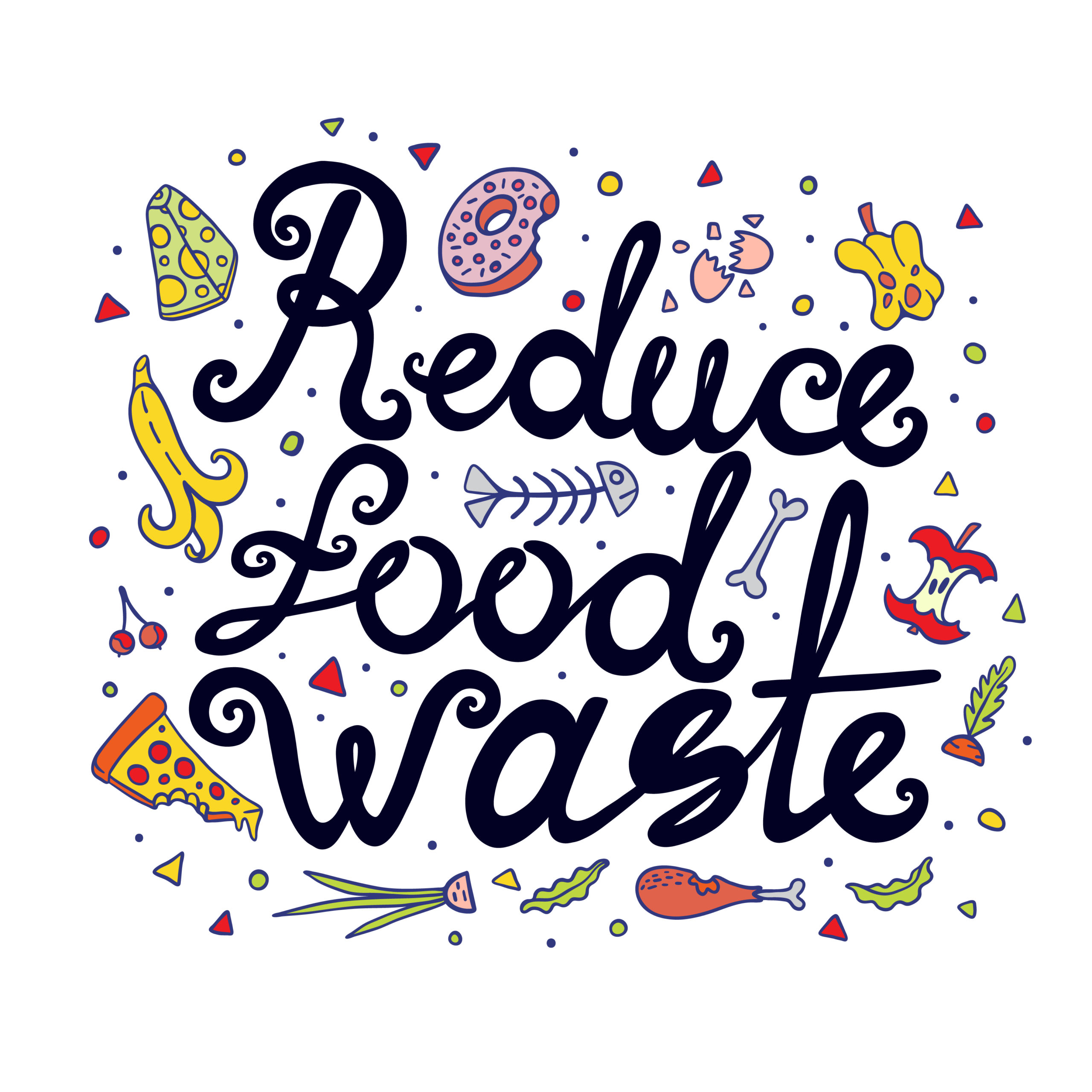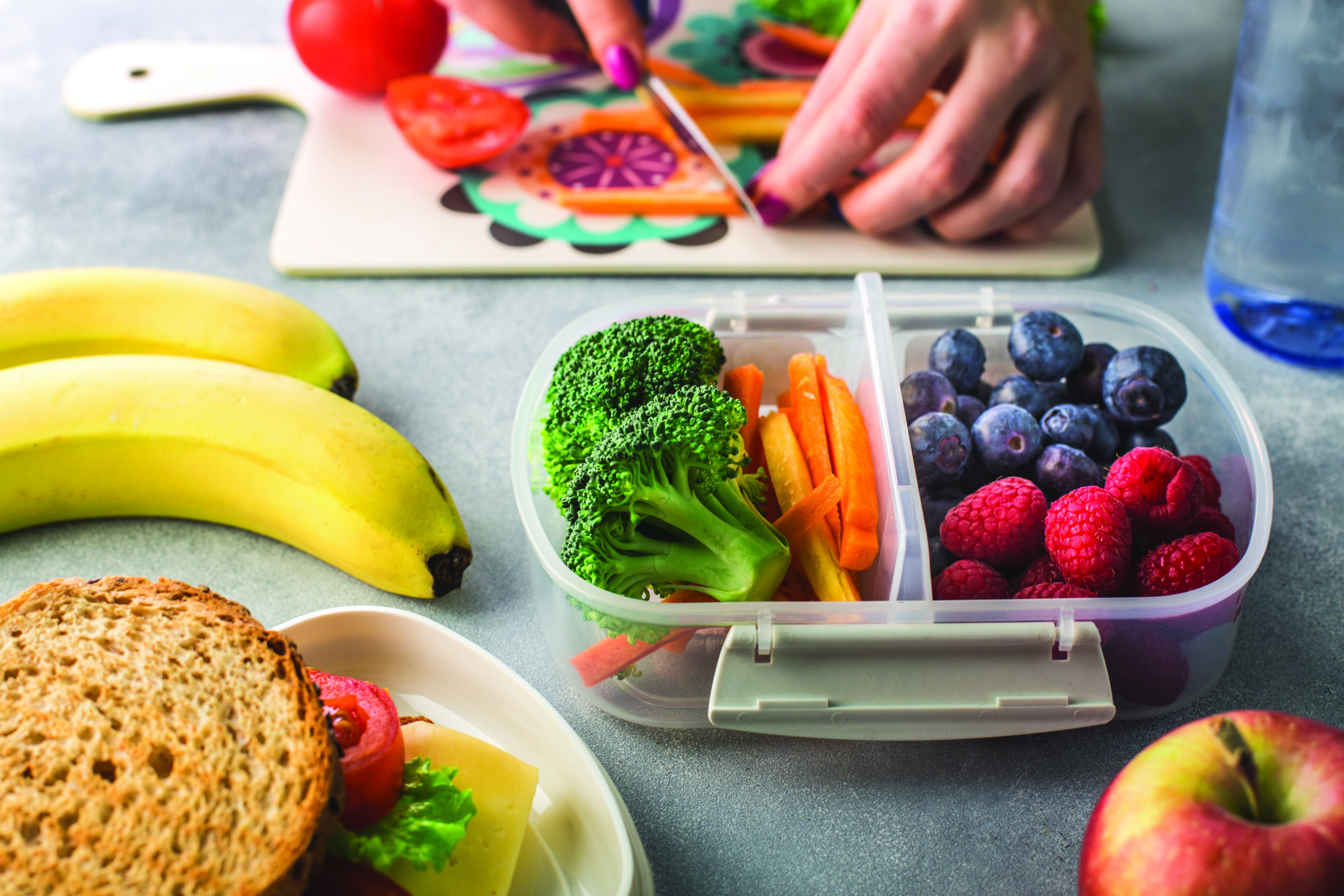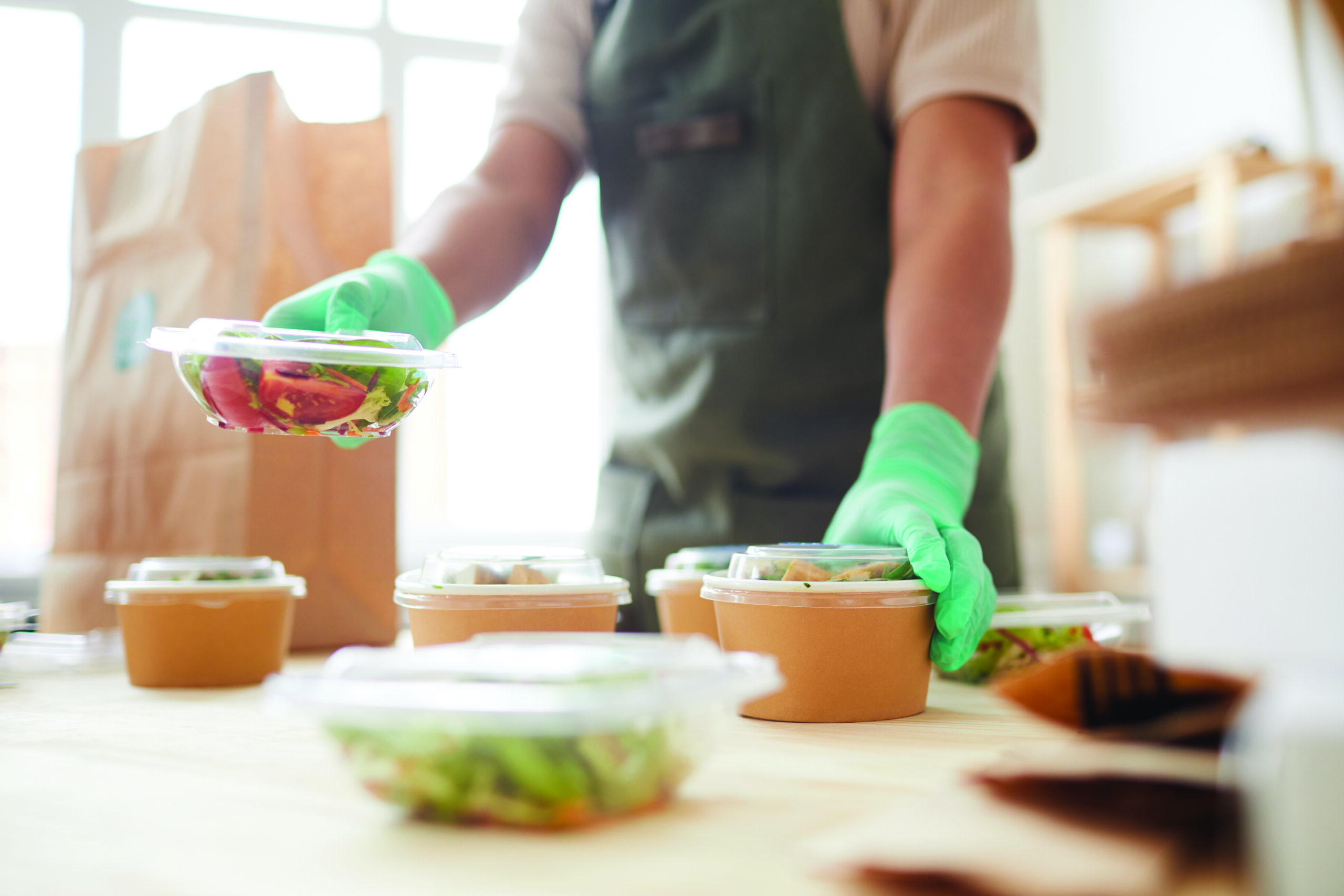by Diane Fultz
A
January 2020 study published in the American Journal of Agricultural Economics stated that the average American household wastes 31.9% of the food it buys. Although most of us are unhappy with our grocery costs, it seems we are more than willing to throw nearly 1/3 of our food away.
We don’t intend to waste food. In fact, most of us feel rather guilty when we find that limp pile of withered greens in the back of our refrigerator. But it is so commonplace that we even have a name for the healthy foods we buy with every intention of eating (but often don’t): “Aspirational Produce.”
Below are some common sources of food waste and tips to keep your food out of the garbage can:
Don’t Overbuy
Grocery store sales are specifically designed to make shoppers buy more. They tout “buy one, get one” or “buy three, get one free.” These types of sales are set up to get you to buy more than you would otherwise. Other reasons items go on sale are to entice shoppers into trying new items, clear out items that are near the end of shelf life or clear out overstocked seasonal items such as turkeys after Thanksgiving.
Before you add anything to your cart, think about whether or not you will are likely to use the item, whether you would buy the item if it were not on sale, and if you can consume the item before it spoils. Consumer Warehouses such as Costco or Sam’s Club offer food at reasonable prices, but does your family really need to eat 100 granola bars?
Restaurants also get consumers to overbuy. Most of us have ordered “all you can eat” or said “Yes” to “Would you like to Super-size that?” Many restaurant meals contain far more food than what is considered a healthy serving size. Upon entering a restaurant, take note of the portions on other diner’s plates. If the restaurant is serving large amounts, consider ordering a few appetizers, sharing a meal with your dining partner or plan on taking the leftovers home for tomorrow’s lunch.
Don’t Over-Prepare
Food is used to celebrate holidays, bring family and friends together or make watching “the big game” extra-special. Food is used as an expression of our affection. We show our families and friends how much we care for them by putting out a “big spread.” When planning your next holiday, party, cookout or Sunday dinner, think about how much food you are preparing. Will there be leftovers? Who will eat the leftovers? Will there be so many leftovers that they cannot be eaten before they go bad? What is the likelihood that the leftovers you freeze will actually be eaten and not tossed out the next time you clean out the freezer? The bottom line: your family and friends don’t love you because you stuff their bellies full of food. They love you for other reasons.
Don’t Throw Out Food
Many people throw out food based on the date listed on the product packaging. In reality, the phrase “Expiration Date” is the only term that means the last date a food should be consumed. Any other term used by the manufacturer such as “sell by,” “use by” or “best before” is used to indicate when a product is at its peak, not whether or not it is safe to eat.
Eggs are okay to consume 3-5 weeks after their “sell by” date. Milk is usually fine for up to a week after the “sell by” date (use the sniff test to determine as storage conditions play a role in how quickly milk sours).
Use your senses to assess whether or not your food has gone bad. If food smells sour, rancid or different from what it should, it should not be eaten. If food looks discolored, splotchy or “fuzzy,” it should not be eaten. If meat feels slimy, it should not be eaten. If it tastes off, it should not be eaten.
Keep Food Visible and Accessible
Keep your refrigerator well-organized. A jam-packed fridge is more likely to have containers of rotting food lurking in the back. If you really want to eat that “aspirational produce” you purchased, put it in a clear bowl on the top shelf so it gets seen (and hopefully chosen).
Shop Your Refrigerator First
Before you go grocery shopping, shop your refrigerator first. Cook or eat what you have at home first. By shopping your refrigerator first, you will cut down on duplicate purchases and avoid having “orphaned food” items that nothing else in your kitchen pairs with. Moreover, you can assess whether you need to do a large grocery haul or just replace a few key items.








Leave A Comment